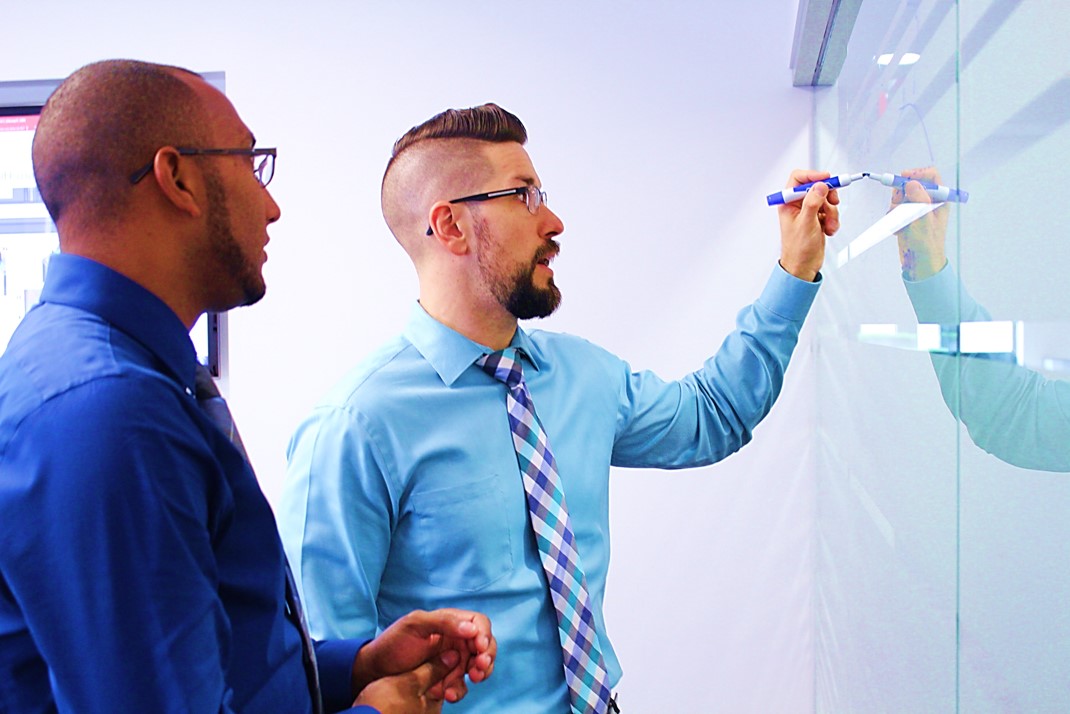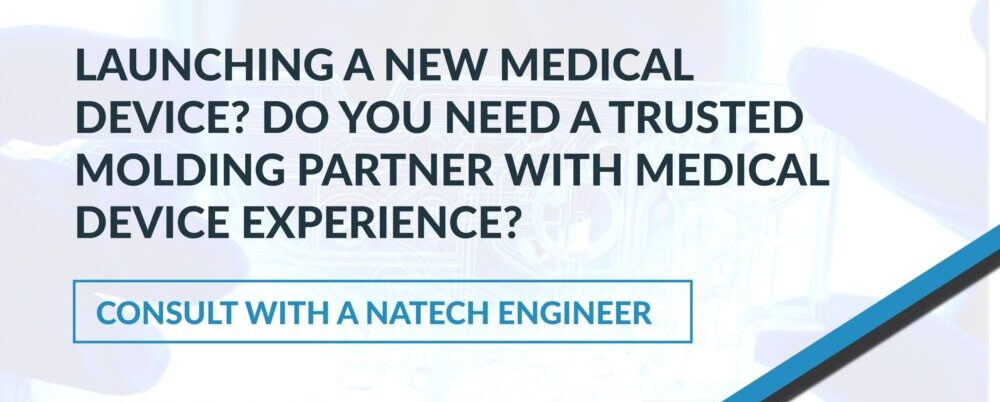Medical Molding Experts
Medical injection molding has its own specialized requirements and quality needs. As an ISO 13485 Medical Molder, we understand the importance of establishing quality early in the design process. Poor quality can have an adverse impact on the health and safety of the end user. As the medical industry continues to evolve, partnering with experienced and dedicated injection molders increases success and decreases risks in new product development.
By partnering with Natech Plastics, there is a value-added and detailed structure in place to ensure your medical devices make it from the design and tooling phase and into full-scale production. Natech’s process empowers medical clients to focus on their end-users, knowing their parts are being manufactured at the highest level of quality.
Utilize Our Highly-Skilled Design Engineers
Natech’s engineering team is the cornerstone of the injection molding business. With a strong background in applications, design and process, our engineers work closely with clients to bring their medical device designs to life. Through a systematic process, our engineers prepare client designs for successful medical molding and manufacturing.

Get Expert Advice
Reach out to our engineering team to get assistance on your next project. Natech engineers focus on adding value and streamlining your product development process.
Medical Molding Solutions
Natech specializes in the automated and semi-automated production of medical devices. Our engineering team and design for manufacturing system allow us to mold high-quality medical parts at both low- and high-volume production.
Natech provides specialty manufacturing solutions, such as:
Primary Services:
- Conceptual Design
- Preliminary Detailed Design
- Design for Manufacture (DFM)
- Design for Assembly (DFA)
- Medical Injection Molding
- White Room Molding
- Class 8 Cleanroom Molding
Secondary Services:
- Ultrasonic Welding
- Heat Staking
- Mechanical Assembly
- Custom Packaging/Kitting
- Liquid Filling / Sealing
Scientific Process
Medical molding requires a reliable and repeatable process. It moves away from inspecting quality into the parts and moves toward inspecting the process. Inspecting the process ensures quality parts are produced consistently.
With medical molding, there are three steps that are followed for quality medical parts. Step One establishes a quality process up front. Step Two inspects the process on an ongoing basis. Step Three manages variation over time. Learn more about our scientific molding process.
Learn More
Contact Us for more information about our medical manufacturing or to Request a Quote.

